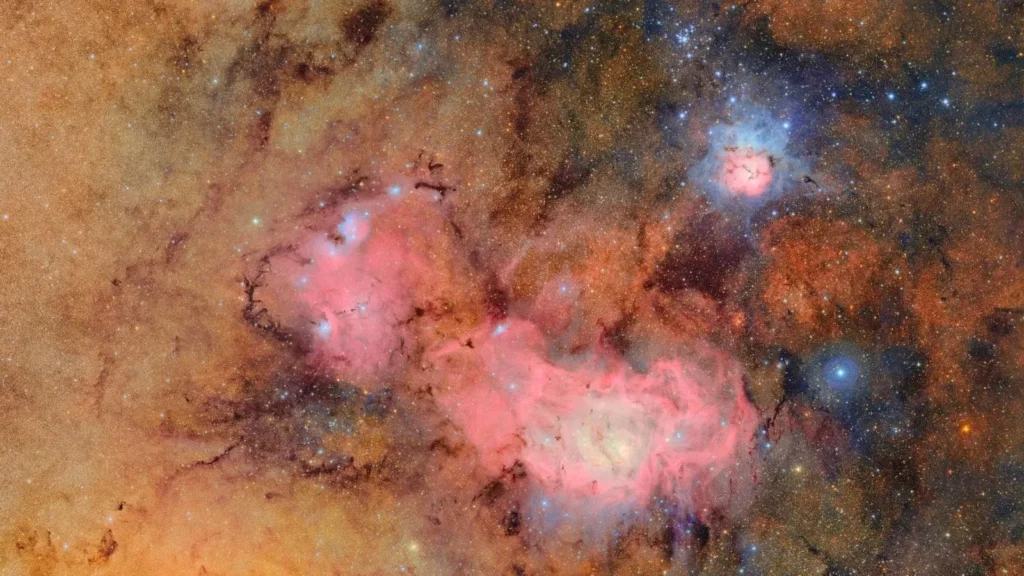
**See The First Jaw-Dropping Space Photos From Humanity’s Biggest-Ever Camera**
For the first time ever, humanity has witnessed the breathtaking beauty of space through the lens of its largest-ever digital camera. The Vera C. Rubin Observatory in Chile, funded by the US Department of Energy and the National Science Foundation, has released its inaugural images and videos, showcasing unparalleled views of the cosmos.
The colossal $168 million LSSTCam imager, built over a decade, is capable of capturing 3,200-megapixel images, equivalent to filling 378 4K screens. This game-changing technology enables astronomers to peer across the entire electromagnetic spectrum, from ultraviolet to near-infrared wavelengths.
With its unparalleled field of view, the telescope can observe the night sky quickly and frequently, allowing scientists to track phenomena in real-time. This is a significant departure from previous astronomical endeavors, which relied on sporadic observations, providing only “snapshots” of celestial bodies.
In a press briefing, Professor Aaron Roodman, program lead for the LSST Camera at Rubin Observatory and Deputy Director for construction, stated, “Since we take images of the night sky so quickly and often, we’ll detect millions of changing objects every night.” The telescope’s ability to capture vast amounts of data will also enable the detection of incredibly dim galaxies and stars that were previously undetectable.
The mission of the Rubin Observatory is not only to map dark matter and probe dark energy but also to identify cosmic events in real-time, such as supernovas exploding. These powerful stellar explosions serve as celestial beacons, allowing astronomers to measure vast cosmic distances and comprehend the accelerating expansion of the universe.
By detecting millions of supernovas, far exceeding the handful historically observed within our galaxy, LSST will refine the timeline of cosmic expansion and provide vital clues about the nature of dark energy.
Source: www.forbes.com

